Identifying and Avoiding Toxins in Beauty and Personal Care Products

This post was originally published at Simple Organic.
Have you ever received a topical prescription from a doctor, such as an anti-fungal or anti-bacterial cream? Or used a topical pain reliever for a mouth sore (or for your baby’s teething)? What about a birth control patch that slowly releases hormones?
Why do these products work so well when applied to our skin, rather than taken orally?
The reason is that our skin readily absorbs chemicals and other substances deeper into our body– through our skin layers, into muscles and fat, and ultimately into our bloodstream. That pretty shade of Champagne eye shadow does not just float around on the outer layer of your skin until you wipe it away before bed that evening. No, it penetrates deeper and deeper into your body throughout the day.
Once absorbed into our bodies and blood streams, toxic chemical ingredients can cause and/or contribute to a wide array of problems (source):
- Cancer
- Developmental/reproductive toxicity
- Allergies
- Immunotoxicity
- Neurotoxicity
- Endocrine (hormonal) disruption
- Organ system toxicity
- Irritation (skin, eyes, or lungs)
- Enhanced skin absorption (some chemicals actually cause our skin to absorb even more chemicals!)
- Biochemical or cellular level changes

Photo by ktpupp
But aren’t chemicals and ingredients in beauty products regulated?
Sadly, the short answer is no. Here’s a longer answer (source):
The unfortunate reality is that the government does not currently require health studies or pre-market testing for these products before they are sold. According to the FDA’s Office of Cosmetics and Colors,
“FDA cannot require companies to do safety testing of their cosmetic products before manufacturing,”
and
“…a cosmetic manufacturer may use almost any raw material as a cosmetic ingredient and market the product without an approval from FDA.” (FDA 1995)
The Cosmetics Ingredients Review (CIR), the industry’s self-policing safety panel, falls far short of compensating for the lack of FDA oversight. An EWG analysis found that in its 30-year history, the CIR has reviewed the safety of just 13% of the 10,500 ingredients used in personal care products. FDA does no systematic reviews of safety. That means that nearly 90% of ingredients used in personal care products have not been evaluated for safety by any publicly accountable institution. And as people apply an average of 126 unique ingredients on their skin daily, these chemicals are raising concerns, for their potential impacts to human health and to the environment
Photo by takot
Aren’t these small amounts of toxins fairly harmless?
Once again, the answer is unfortunately no.
To best answer this question, I’m going to defer to this incredible series of 3 short videos titled “10 Americans”, put out by EWG. You will be absolutely stunned by the findings of this research project and the implications that it has for us, women and moms desiring to be informed and careful consumers. Also of interest is this study Teen Girls’ Body Burden of Hormone-Altering Cosmetic Chemicals.
(If you’re wondering why I consider Environmental Working Group such a fantastic source for this type of information, it is because this non-profit organization ardently researches the dangers of toxins and exposure to them, and actively lobbies the government for greater consumer awareness and health-protective policies.)
What types of ingredients should be avoided?
I’m going to work through most of the typical beauty care products that we women use, and list some of the most dangerous and common toxins that they contain. My lists aren’t exhaustive, but they do include most of the major offenders. A highly worthwhile activity would be to gather up your most-used bathroom products, and compare their ingredients to these lists.
To understand more about why a specific chemical is considered harmful, visit the Skin Deep Cosmetic Database, and type in the name of the chemical. It will tell you health concerns associated with that chemical, and where that information comes from, as well as give you a rating on a scale from 1-10.
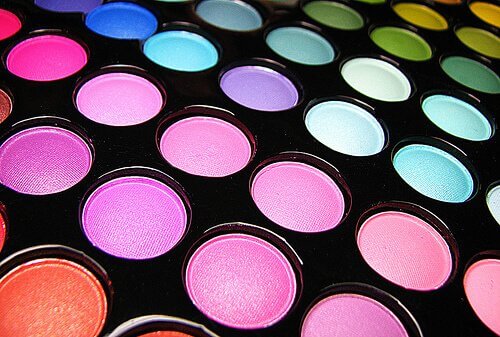
Photo by pumpkincat210
Makeup/Cosmetics:
Silica/Crystalline (or Quart or Rose Quartz), Propylparaben (or Butylparaben or Methylparaben or any paraben), Aluminum Power, PEG-40 Hydrogenated Castor Oil, Fragrance, PEG-4 Diheptanoate, BHA, D&C Red 30 Lake (this is one example of an artificial color– most come up highly toxic), Retinyl Palmitate (Vitamin A Palmitate), Alumina, Octinoxate, Ferric Ammonium Ferrocyanide, Benzyl Alcohol, BHT, Polyethylene Glycol, Manganese, Barium Sulfate, Oxybenzone, DMDM Hydantoin, Triclosan, Aluminum Starch Octenylsuccinate, Steareth-21, Cetyl PEG/PPG-10/1 Dimethicone.
Shampoo/Conditioner:
BHA, Fragrance, Butylparaben (and again, all of the parabens), Octinoxate, Retinyl Palmitate (Vitamin A Palmitate), Methylchloroisothiazolinone, DMDM Hydantoin, Coumarin, Geraniol, Limonene, Triethanolamine, Sodium Laureth Sulfate (almost anything with Laureth or Laurate in it), Cocoamide DEA, BHA, Resorcinol, P-Phenylenediamine, P-Aminophenol, Cocamidopropyl Betaine, PEG-80 Sorbitan Laurate, Salicylic Acid, Ceteareth-12, Benzyl Alcohol, PEG-10 Sorbitan Laurate.
*Note– Don’t be taken in by “natural” products without still reading the ingredients. I did my ingredient research by looking up products with a rating of 10 (the most-toxic) and I found J/A/S/O/N shampoos in there, a supposedly natural brand!
Deodorant:
Fragrance, Ceteareth-12, Ceteareth-20, Triclosan, Coumarin, Lilial, Methylchloroisothiazolinone, Limonene, Propylene Glycol, Isobutane, Benzyl Alcohol, Zinc Oxide (sunscreen grade), Eugenol, Benzyl Salicylate, Butane, Aluminum Chlorohydrate, 4-Methylbenzylidene Camphor.
Bar Soap/Body Wash:
DMDM Hydantoin, Fragrance, Ceteareth-20, Retinyl Palmitate (Vit A Palmitate), Octinoxate, Cocamide DEA, Methylparaben, Propylparaben (and all other parabens), Triethanolamine, Sodium Laureth Sulfate, Coumarin, Salicylic Acid, Lyral, PEG-40 Hydrogenated Castor Oil, Cinnamal, BHT, Eugenol, Oxybenzone, Benzyl Alcohol, Benzyl Salicylate, Benzalkonium Chloride, Hydroxycitronellal, Diazolidinyl Urea.
Skin Cleansing and Lotion:
Fragrance, Retinyl Palmitate (Vit A Palmitate), Salicylic Acid, PEG-40 Hydrogenated Castor Oil, PEG-100 Stearate, PEG-40 Stearate, PPG-2-Cetearathe-9, PEG-7 Glycerol Cocoate, Benzyl Salicylate, Methylchloroisothiazolinone, Geraniol, Limonene, Polysorbate-20, Laureth-23, Ceteareth-20, Triethanolamine, Sodium Laureth Sulfate, Cocamidopropyl Betaine, Polysorbate-60, Eugenol.
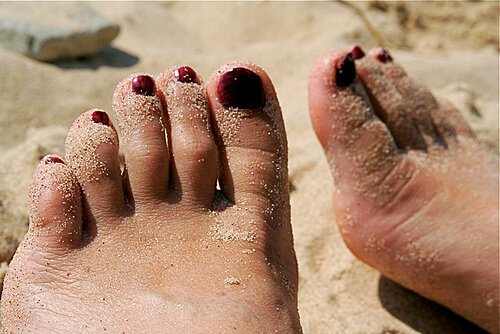
Photo by stevendepolo
Nail Polish:
Toluene, Triphenyl Phosphate, Ferric Ammonium Ferrocyanide, Benzophenone-1, Dibutyl Phthalate, Aluminum Powder, Octinoxate, Barium Sulfate, Tartrazine, BHT, Formaldehyde, Oxybenzone, Alumina, Isobutylphenoxy Eopxy Resin.
Hair Styling Products (mousse, hair spray, gel, etc):
Fragrance, Retinol (Vitamin A), Octinoxate, DMDM Hydantoin, Butylparaben, Propylparaben (and again, all parabens), Triethanolamine, Polysorbate-20, Retinyl Palmitate (Vit A Palmitate), Phenoxyethanol, Polyethelene Glycol, Geraniol, Limonene, Isobutane, Propane (this one surprised me!), Diazolidinyl Urea, PEG-40.
Toothpaste:
Fragrance (hmm, a theme), Sodium Fluoride (of course, there is debate over whether this is toxic or not), Retinol (Vitamin A), Propylparaben, Aluminum Hydroxide, Hydrogen Peroxide, FD&C Blue 1 Aluminum Lake (another example of a coloring), Sodium Lauryl Sulfate, Cocamidopropyl Betaine.
Perfume/Fragranced Products:
Oxybenzone, Retinyl Palmitate (Vit A Palmitate), Fragrance, Propylparaben, Octinoxate, Diazolidinyl Urea, BHT, Lilial, Benzyl Salicylate, Limonene, Ceteareth-20, Tartrazine, Geraniol, Citral, Lyral, Coumarin, Amylcinnamaldehyde.
Now that you know, what should you do?
Most of us would be both overwhelmed and utterly broke if we tried to suddenly replace all of our beauty care products in one fell swoop. That’s not what I would recommend.
Instead, pick one that you are most concerned about or that feels reasonable to replace. Research some better brands on the Skin Deep Cosmetic Database, try visiting your local health food store for some options, or consider making your own replacement (see below).
Once you’ve found a replacement that you’re happy with, consider what you might like to replace next. One at a time, little by little, you will slowly transform your beauty care routine into a non-toxic, pampering affair.
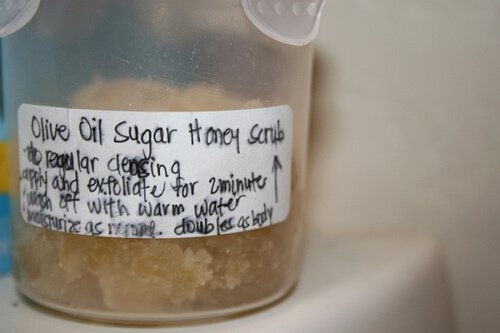
Photo by -MONICA
Recipes for homemade beauty care:
- Homemade Natural Deodorant
- Shampoo/Conditioner (the no ‘poo method)
- Facial wash
- Toothpaste
- Soap making tutorial
- Various beauty and personal care products (hair spray, makeup remover, treating razor burn, etc.)
- Crunchy Betty (this site is so fun, with tons of homemade recipes using food to clean, moisturize, make facial masques, etc.)
- Lotion bars and lip balm
- Makeup (no, it’s not homemade, but this is my favorite mineral makeup brand)
Toxin’s in Your Home
Children’s Sleepwear: Avoiding Flame Retardant Chemicals
9 Toxins to Remove from your Life
How to Protect Your Family from the Dangers of Formaldehyde
Spring Clean the Toxins: How to Get Started
Toxins in Candles: Sad, but True
8 Simple Ways to Live More Toxin-Free This Spring
Shower Filters: Goodbye Chlorine!
At Simple Organic: Identifying and Avoiding Toxins in Beauty and Personal Care Products
;
Toxin’s in Your Kitchen
The Microwave: Why You Should Avoid It and Other Options
Fake Food: Removing Food Toxins
9 Ways to Get Rid of Hidden Toxins in Your Kitchen
How do you avoid toxins in your beauty and personal care routine? What types of products do you use?

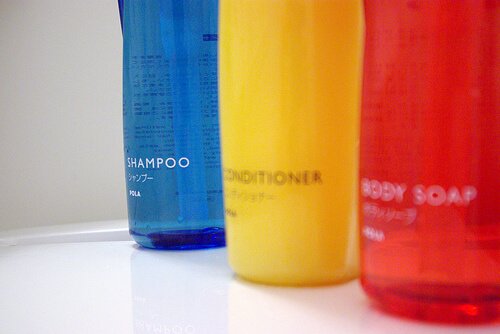
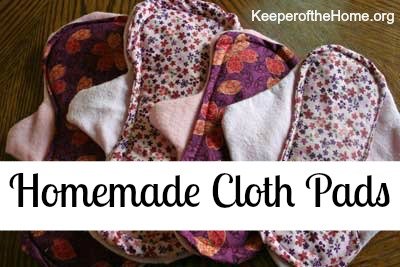


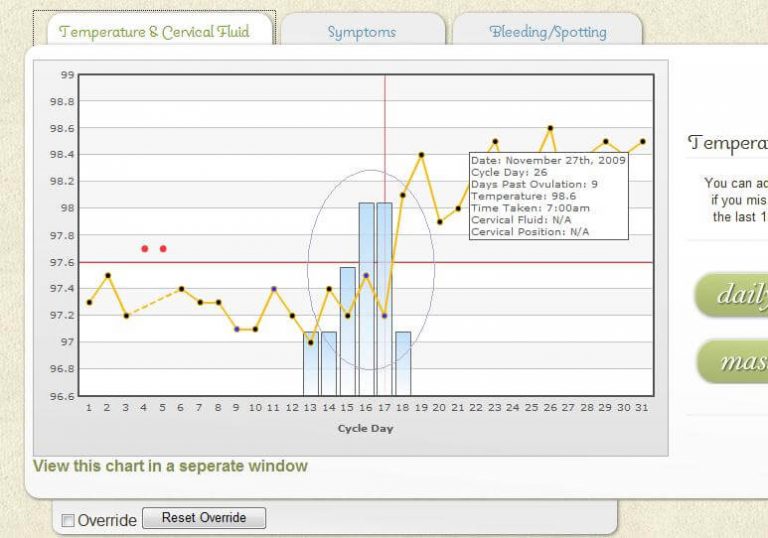
This is a great article! Our skin is the largest organ of the body and what is put on your skin is absorbed into the bloodstream more quickly than the food you eat? I wrote about new, toxin free, safe skincare, cosmetics and hair products that I have found http://myculturedpalate.com/2015/02/05/new-skincare-cosmetics-and-hair-products/
Thanks for helping to spread the word educate people on hidden toxins!
Thank you for sharing this information. I have been trying to replace my store bought products with my own homemade products as I find recipes I think are healthy. I have researched different people online on youtube who make their own products but when you go to the not so nice comments then you start questioning the information given. How do you ever know what information is correct out there and what companies to buy from?